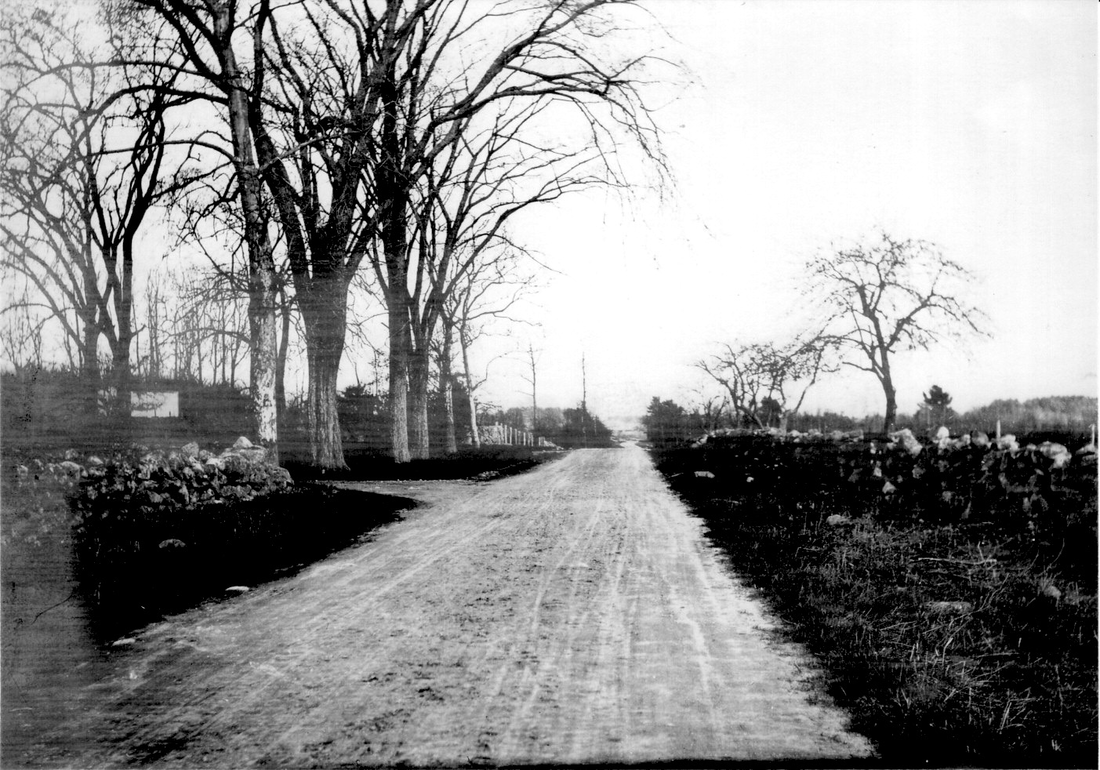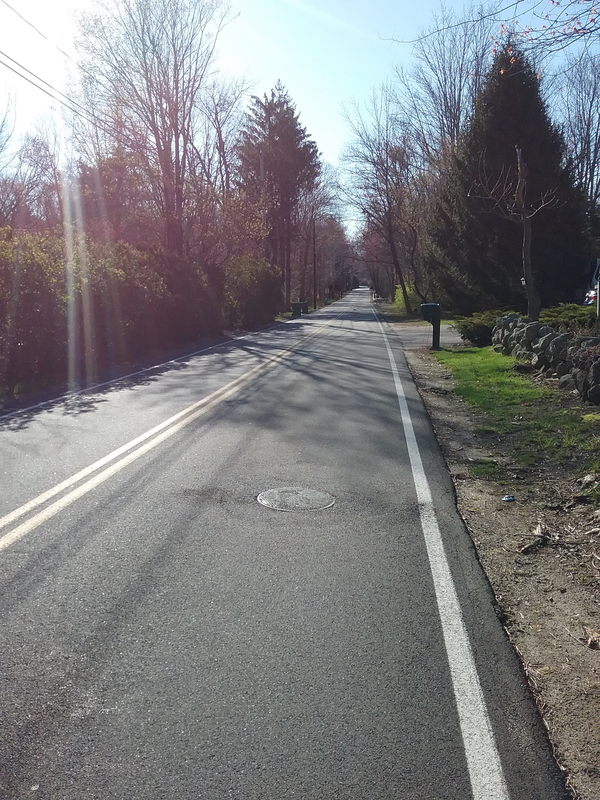|
Hello from beautiful Easton! Driving to the Museum today I couldn't help but notice the natural beauty the Town has to offer. Daffodils, crocuses, and a variety of flowering trees are out in their glory, and all of the trees around town are beginning to show their spring tresses. As April comes to a close, May has its promise of bringing us all something beautiful. Today is tinged with sadness as we announce the passing of Mrs. Esther D. Ames, wife of the late Senator Oliver F. Ames. A great supporter of the Society, she graciously opened her home “Langwater” for memorable Society events over the years, including a wonderful dinner for our 65th Anniversary, and a night to celebrate the success of the Friends of the Ames Shovel Works saving those buildings from ruin. Mrs. Ames was a most gracious host, and many times she shared important advice and words of encouragement with this curator, which were appreciated beyond measure. Please join me in sending our most sincere sympathy to her children, grandchildren, and family and friends. Our original photo today looks a little forlorn, and if Currier & Ives were looking for a forgotten country lane, this one might be just the thing they would be looking for. Nothing in the photo below denotes anything of value worth photographing at all, yet someone with an artist's eye captured a timeless image of a road that was once an important part of Easton’s history. This is Massapoag Avenue, circa 1910. This photo was taken very near the Archippus Buck House at 97 Massapoag Avenue. The Buck house was built around 1825, and on an 1825 map it appears with another Buck house in a no-man’s land between what is now Chestnut Street and Rockland Street. No road through that area shows on that map, but there must have been cart paths to those houses, and one of those paths eventually became a road connecting Easton Furnace to Sharon. In colonial times, bog iron was in demand by foundry owners. A source of that material was located in a large bog in Sharon, a few miles from the Easton border. Furnaces in North Easton could access the bog by way of Lincoln Street to Bay Road to Allen Road to Rockland Street (the very upper end of Massapoag Avenue was created as a connector from Rockland Street to the Sharon town line prior to 1825.) However, the iron furnaces at Easton Furnace had no direct route to those resources. By 1825 a road had been introduced to me that need, but was not accepted by the Town until a little later, which probably explains why the entire length of Massapoag Avenue is not shown on the 1825 map. This was soon resolved, and a direct link from Easton Furnace to Sharon was in use shortly thereafter. The great bog that provided that ore was turned into Lake Massapoag which gives our road its name. The road runs through that section of Easton once known as “Poquanticut” and, along with Poquanticut Avenue, Chestnut Street, Mill Street and Rockland Street, defined a rather interesting area. As you can see from the photo above, looking east towards Poquanticut Avenue, there is very little sign of settlement. With the exception of a house very near Poquanticut Avenue, there was nothing but farm and field until you get nearer to where Mill Street crosses. The neighborhood seemed to be a great place to live if you did not want to be found or bothered by anyone. The area had a reputation that “nothing good happens there” during the 1700’s and well into the 1800s. Nearby was a hideout for a notorious gang of thieves, members of the Selee family who were feared of practicing the black arts, a mill that was supposedly run by imps, and charcoal makers (such as Quanticut Smith) who lived alone in the woods for months on end and tended to be rough characters. Even as late as 1910 one could get the impression from this photo that this was a good place to stay away from, especially after dark. Taken from approximately the same spot two days ago, the photo below shows what appears to be a relatively rural area. Many of the once cleared fields have given way to forested landscapes, though stonewalls still mark where those fields once provided feed for cattle and crops. Indeed, one gets a feel for rural living driving along Massapoag Avenue today where there are still undeveloped stretches of land mixed with handsome houses. There are not many streetlights today along the road, so there are stretches where darkness still pervades the area. The horse thieves, charcoal makers and others have long passed into history. Still, in the late hours of night, a slow ride along Massapoag Avenue might send shivers up your spine. Perhaps in the darkest of night you might want to take the more travelled road, or take the advice of our ancestors and wait for daylight before risking a visit to old “Poquanticut.” Stay well,
Frank
1 Comment
Elaine Reasoner
5/2/2022 06:12:58 pm
Another interesting story and very meaningful to me since I have lived at 50 Massapoag Ave in Sharon since the early 1950'S and purchased my family house and made it my home in 2000. There has been 5 generations of my family so far that have called this home. Lake Massapoag is actually a "Great Pond " .
Reply
Your comment will be posted after it is approved.
Leave a Reply. |
Author
Anne Wooster Drury Archives
June 2024
Categories |
Easton Historical Society and Museum
PO Box 3
80 Mechanic Street
North Easton, MA 02356
Tel: 508-238-7774
[email protected]


